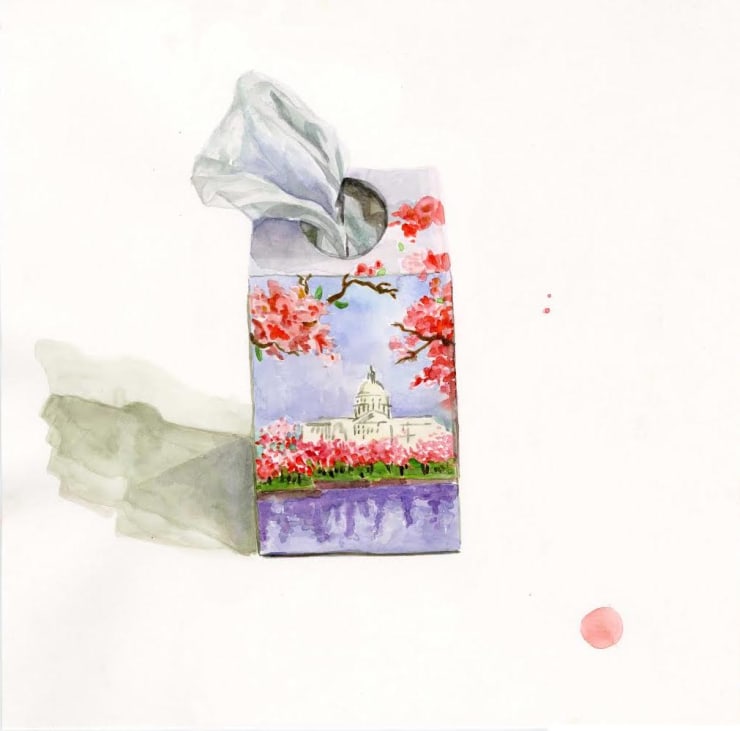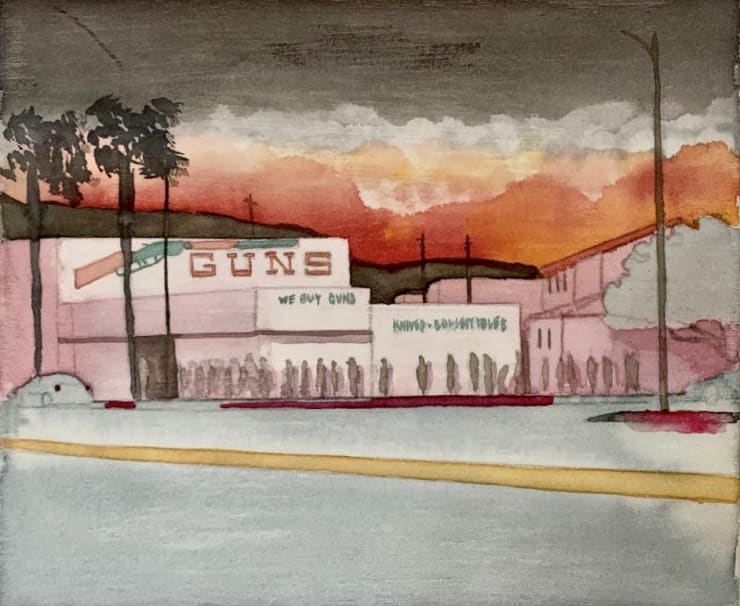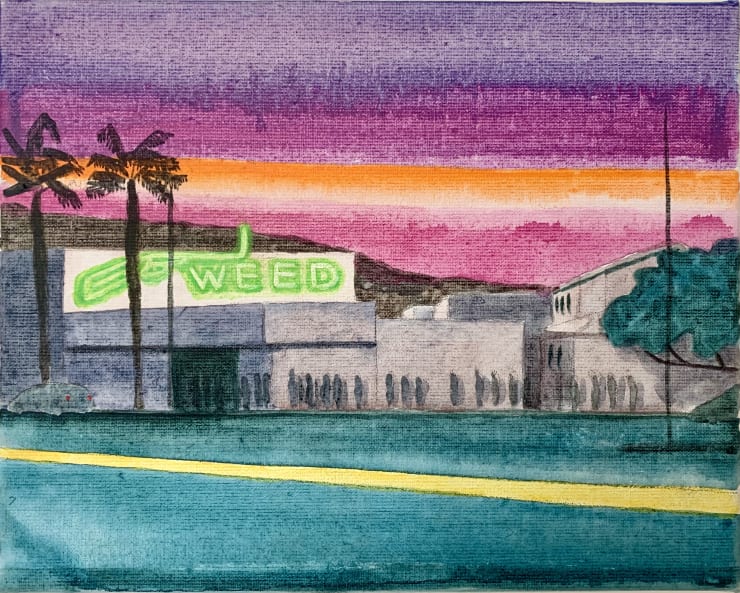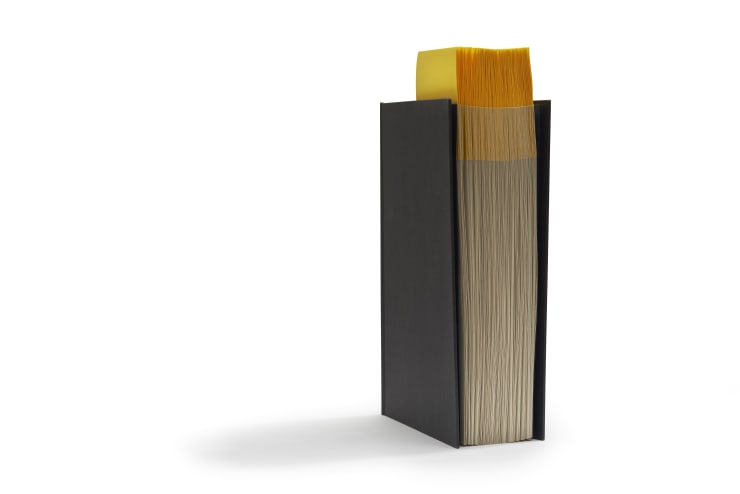-
Raiding the Cupboard, Stocking Up and Late Capitalist Shopping Habits
Malia Jensen, Joan Linder, David Risley, John Wood and Paul Harrison -
Malia Jensen
Malia Jensen transforms familiar forms and subjects into poignant reflections on the human condition. This selection of recent ceramic and glass works glorifies sustenance and nourishment with gorgeously crafted, delicate forms. Changing attitudes and approaches to food--making it, craving it, not being able to find it, and self-medicating with it--has easily become one of the most common experiences during 2020. The sensual shapes of Jensen's fruits also wink at the challenges to intimacy posed by social distancing.
-
Joan Linder
Joan Linder's drawings and sculptures of quotidian subjects find inspiration from her immediate surroundings. Linder makes daily drawings from direct observation, which are often paired with objects fashioned from foam and duct tape. Mundane objects, pop culture, repetition, and nature corkscrew into a lifelong obsession with the passage of time. Several of the works presented here were created during quarantine, and represent the goods we bought or tried to buy, especially in bulk, this year.
-
David Risley
David Risley is a painter, founding co-owner of Chart Art Fair, and former dealer. In summer 2020 Risley began participating in the Artist Support Pledge, in which he and other artists offered original works on Instagram for $200. Every time a participating artist reached $1,000 in sales, they pledged to buy another artist's work for $200. The project was incredibly successful, generating an estimated tens of millions of dollars for artists during the pandemic. In Quarantine Quotidian, the gallery presents new paintings adapted from Risley's watercolors on Instagram. These two works are based on images taken from American mass media after lockdowns were announced, and people rushed to stores to stock up on goods. Risley's paintings show two of the stores that were particularly popular: those selling guns or marijuana.
-
John Wood and Paul Harrison
John Wood and Paul Harrison make single-channel videos, multi-screen video installations, prints, drawings, and sculptures that elegantly fuse advanced aesthetic research with existential comedy. The artists' spare, to-the-point works feature the actions of their own bodies, a wide variety of static and moving props, or combinations of both to illustrate the triumphs and tribulations of making art and having a life. The works presented this week represent two things we consumed in large quantities this year: How to Ruin a Good Book and Good Book 1 stand in for the uptick in reading, and 100 Boxes and Six Boxes nod to the mushrooming of online shopping.
Past viewing_room













